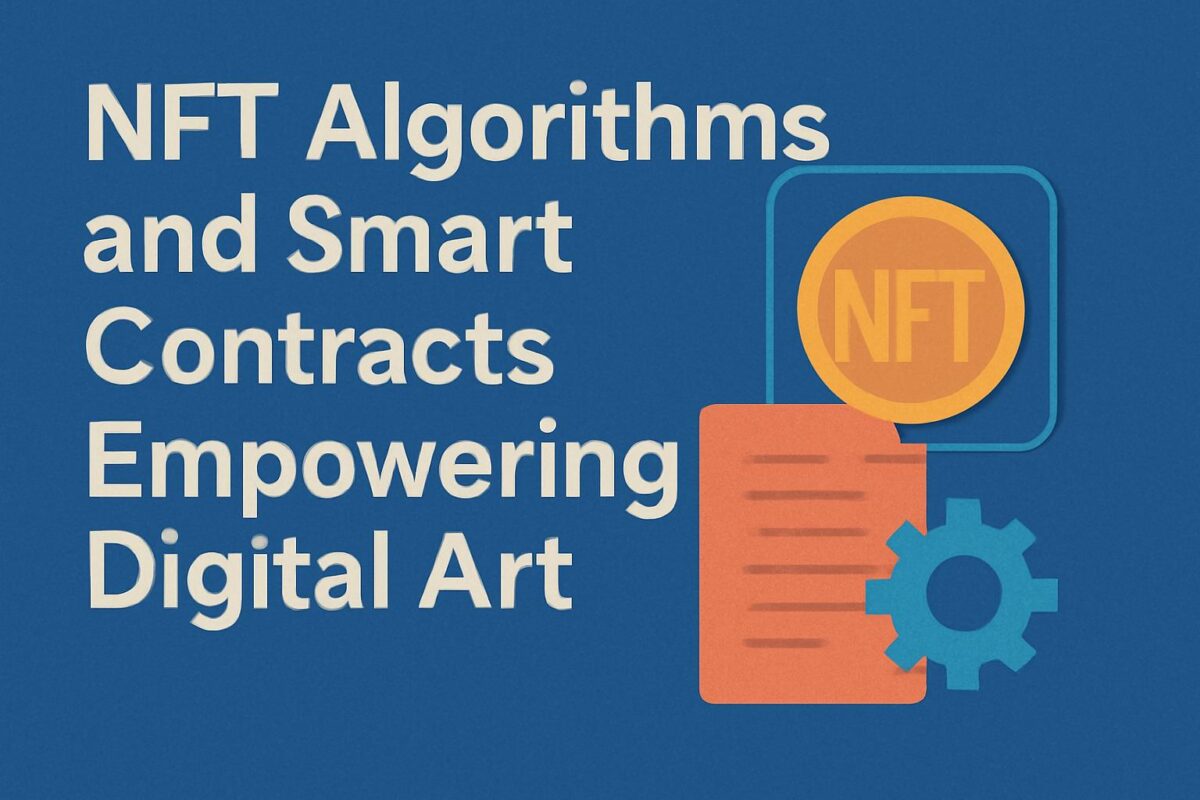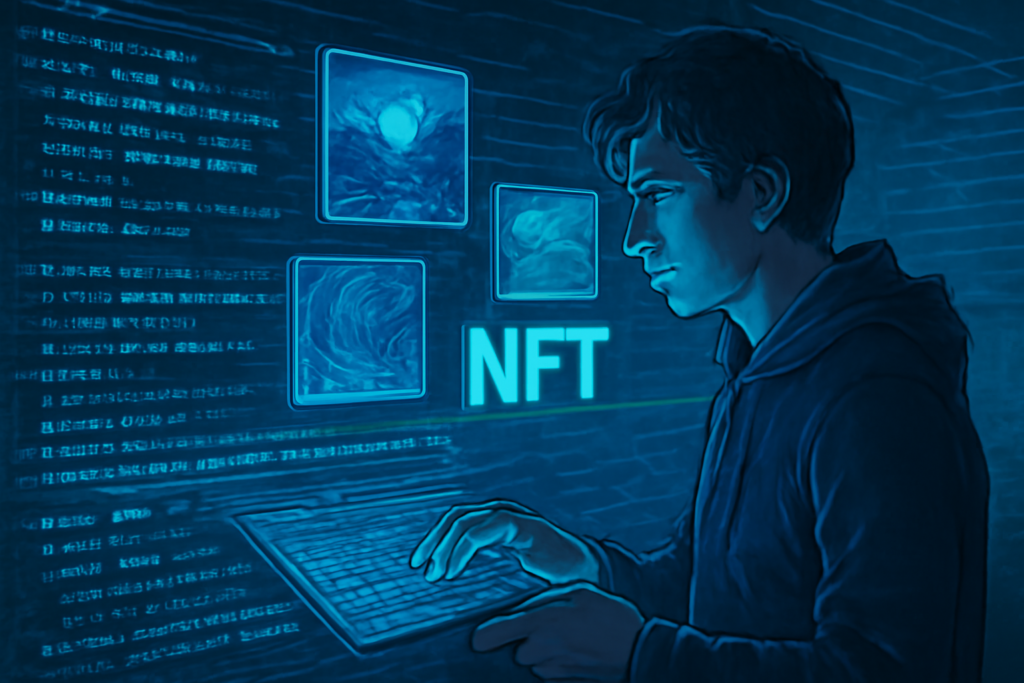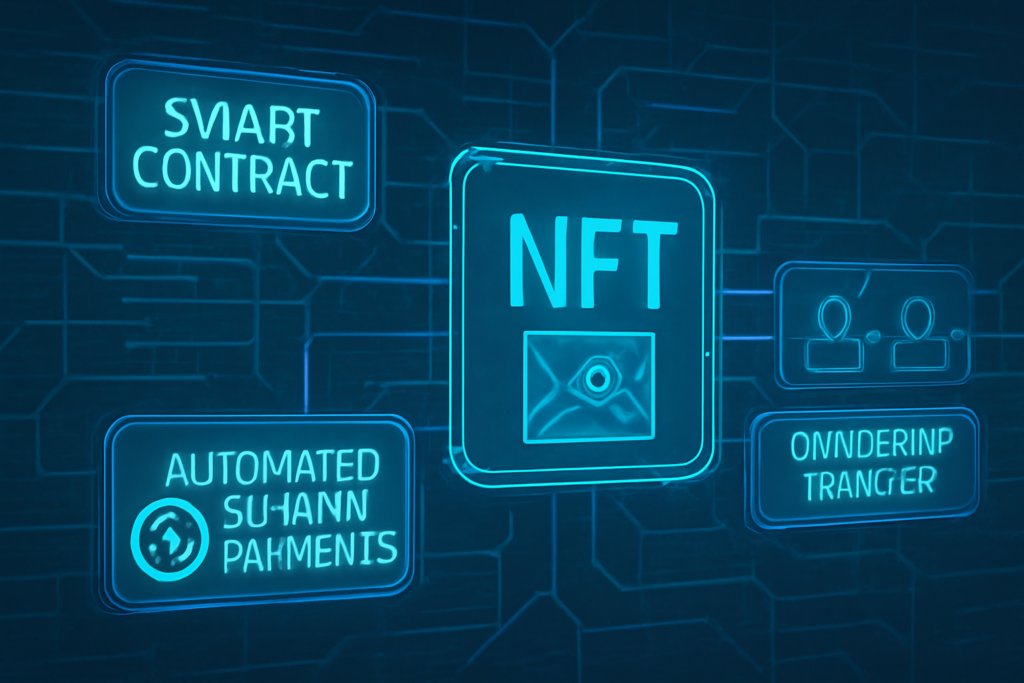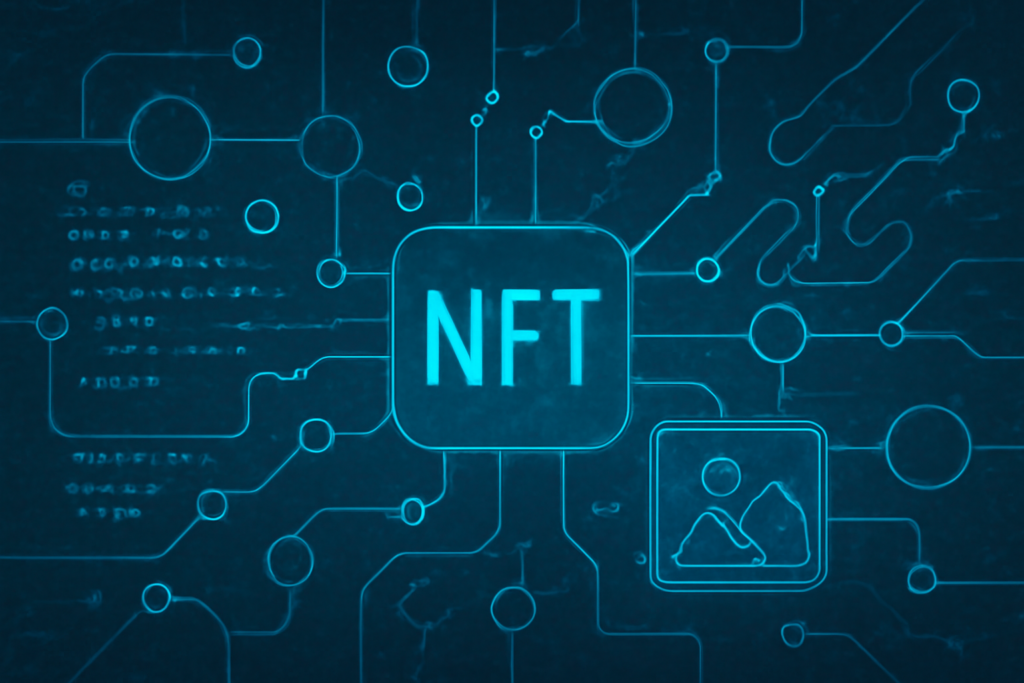The Chemistry of NFTs in Materials Science in Digital Tokenization
Introduction
The rapidly evolving world of NFTs is expanding into scientific domains, with materials science and chemistry leading a fascinating frontier. By merging NFT technology with materials science, researchers and innovators are digitizing and tokenizing physical and experimental assets, transforming how chemical data, material properties, and scientific innovations are stored, shared, and monetized. This fusion, often referred to as “blockchain chemistry,” is unlocking new possibilities for secure, transparent, and decentralized management of materials-related knowledge and resources.
This blog delves into how NFTs are reshaping materials science through digital tokenization, exploring applications, challenges, and future prospects in this emerging interdisciplinary landscape.
NFTs Meet Materials Science: A New Paradigm
NFTs provide unique, blockchain-verified tokens representing digital ownership of distinct assets. When applied to materials science, NFTs can encapsulate:
- Experimental data on novel materials
- Patents and intellectual property on chemical compounds
- Samples or prototypes linked to digital records
- Collaborative research outputs and materials databases
This digitization enhances provenance tracking, replicability, and secure sharing of scientific information, overcoming challenges posed by traditional centralized repositories.
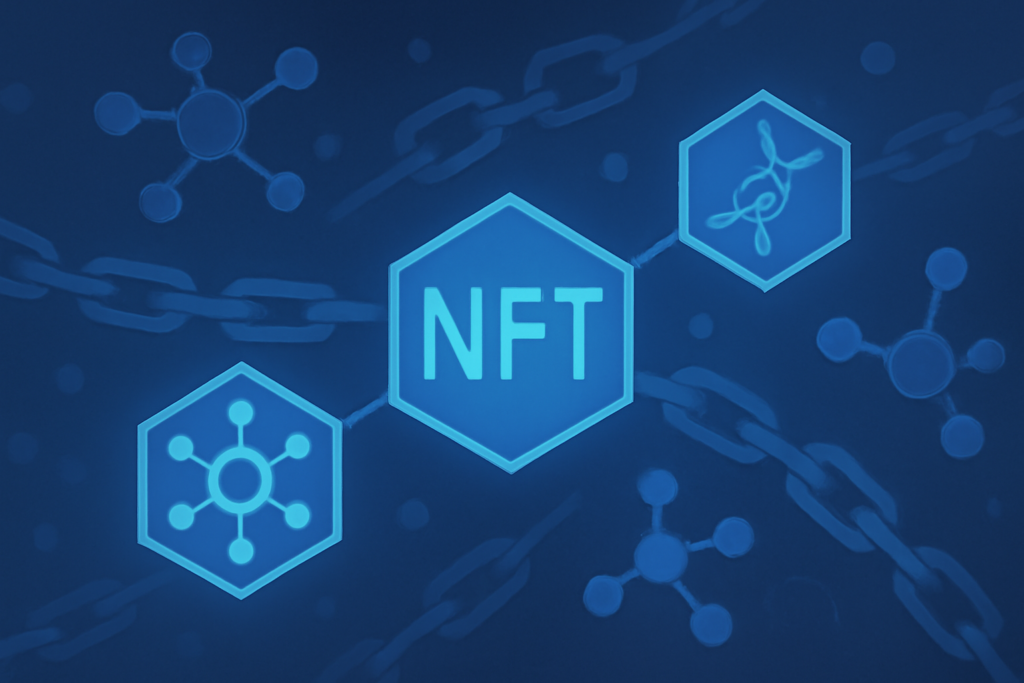
Tokenizing Material Properties and Scientific Data
One key innovation is the ability to tokenize complex material properties, such as molecular structures, conductivity metrics, or durability tests. These tokens serve as immutable, verifiable digital certificates linked to physical samples or research outputs.
Researchers can mint NFTs for:
- Unique batches of synthesized materials
- Proprietary formulations or composites
- Data sets from experimental tests
This not only protects intellectual property but also creates digital marketplaces for materials science assets, enabling licensing, trading, or crowdfunding directly linked to real-world innovations.
ALSO READ: NFT Algorithms and Smart Contracts Empowering Digital Art
Blockchain Chemistry: Enhancing Transparency and Collaboration
Blockchain chemistry leverages NFT technology to foster open collaboration while safeguarding contributions. Researchers from diverse institutions can:
- Share tokenized data with clear authorship and timestamps
- Ensure reproducibility by linking NFTs to detailed experimental protocols
- Facilitate decentralized peer review and validation via blockchain records
This decentralized approach encourages cross-disciplinary innovation and accelerates the discovery-to-application pipeline in materials science.
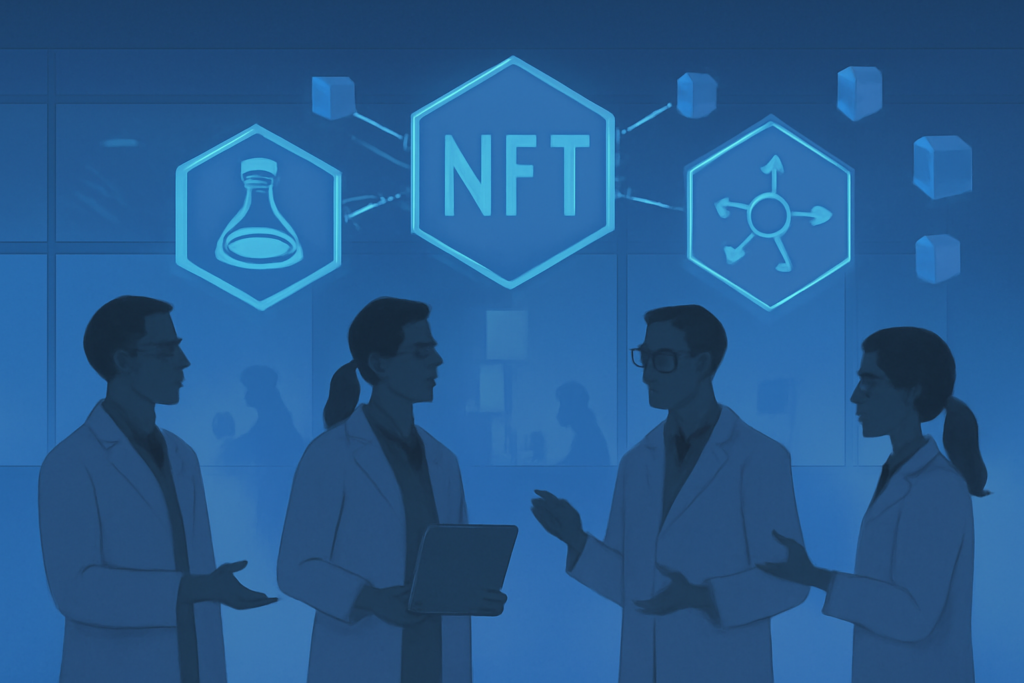
NFT Materials in Industry: Commercial Applications
Industries such as aerospace, electronics, and pharmaceuticals are beginning to explore NFT applications for:
- Tracking the lifecycle and authenticity of advanced materials
- Tokenizing quality certificates for raw materials or components
- Enabling secure supply chain provenance through blockchain NFTs
These applications improve trust and traceability, reducing fraud and counterfeiting while streamlining regulatory compliance.
Challenges in Merging Chemistry and NFTs
While promising, integrating NFTs with materials science faces obstacles:
- Technical complexity in accurately encoding material data into NFTs
- High energy consumption concerns of some blockchain networks
- Legal and regulatory frameworks around scientific IP and token ownership
- Educating researchers and industry stakeholders on blockchain adoption
Addressing these challenges will require collaboration between chemists, blockchain developers, legal experts, and industry leaders.
AI Image Prompt 3:
“Futuristic laboratory showcasing blockchain-enabled secure storage of tokenized material samples and research data”
The Future: AI, IoT, and NFT-Driven Materials Innovation
The future of NFT-driven materials science lies in integrating AI and Internet of Things (IoT) devices with blockchain. For example:
- AI algorithms can analyze tokenized data sets to predict new material properties
- IoT sensors could automatically mint NFTs representing material status in real time
- Cross-chain NFT standards may enable seamless sharing across platforms and industries
Together, these technologies promise to revolutionize materials research, development, and commercialization.
AI Image Prompt 4:
“AI-powered digital lab with IoT sensors minting NFTs for real-time materials data on a blockchain network”
FAQs
Q1: What are materials science NFTs?
A1: These are NFTs representing ownership or data related to chemical compounds, material samples, or research outputs in materials science.
Q2: How do NFTs benefit materials science research?
A2: NFTs enhance transparency, provenance, and collaboration by securely tokenizing and sharing scientific data on a decentralized blockchain.
Q3: Can industries use NFTs for material supply chains?
A3: Yes, NFTs help track authenticity, lifecycle, and quality certificates of materials in industrial supply chains.
Q4: What challenges exist in blockchain chemistry?
A4: Key challenges include data encoding, blockchain energy use, legal regulation, and adoption barriers.
Call to Action (CTA)
🧪 Interested in the cutting edge of materials science and blockchain? Subscribe now to stay updated on NFT innovations transforming chemistry and digital tokenization!
